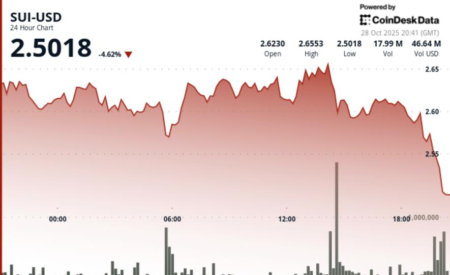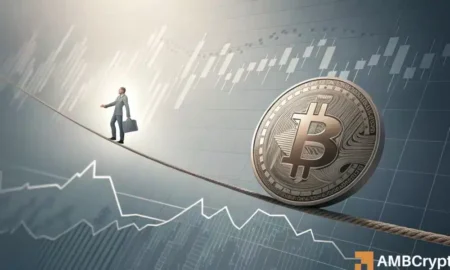Altcoin ETFs Launch on NYSE: A New Era for Cryptocurrency Trading
The New York Stock Exchange (NYSE) has made headlines by launching exchange-traded funds (ETFs) tied to three prominent altcoins: Solana (SOL), Litecoin (LTC), and Hedera (HBAR). This milestone arrives during a period of regulatory uncertainty, namely a government shutdown that has stalled the U.S. Securities and Exchange Commission (SEC). The implications of these launches are profound, and they may signal a significant shift within the cryptocurrency landscape and institutional finance.
ETFs Entering the Market Without SEC Approval
Traditionally, ETF launches have required extensive reviews and approvals from the SEC. However, the NYSE is blazing new trails by listing altcoin ETFs without direct SEC sign-off, thanks to new regulations introduced in mid-September. These regulations allow exchanges to fulfill "generic listing standards," enabling them to launch products that meet established criteria for custody, market surveillance, and pricing without enduring individual reviews for each ETF. This is a game-changer, particularly in a regulatory environment where time is of the essence.
Issuers have been diligent, conducting internal compliance checks before the government shutdown, which further allowed them to expedite their listings. Among the ETFs now being traded include Bitwise Solana, Canary Litecoin, and Canary HBAR, with Grayscale Solana anticipated to join soon. This advancement signifies the first time altcoin ETFs are accessible in the U.S. market without the usual bureaucratic delays.
New Regulations Hemper Market Entry
The swift moves by the NYSE are made possible by what are termed “generic listing standards.” These rules build on previous regulations from 2019 and provide exchanges with what is called "standing authority" to list ETFs independently of SEC endorsements. This approach not only streamlines the process but also enhances the potential for institutional interest in these digital assets.
Additionally, issuers are leveraging amended S-1 filings specifying that their shares can automatically become effective 20 days after submission. As a result, the SEC is bypassed, allowing the NYSE to validate these new funds rapidly despite governmental hurdles. This clever maneuver plays a crucial role in the accelerated onboarding of altcoin ETFs into the financial ecosystem.
Broader Implications for Institutional Investors
The launch of altcoin ETFs will likely attract considerable attention from institutional investors. With easier access to digital assets like Solana and Hedera, these funds can pave the way for diversified portfolios without needing to resort to offshore investment products. Quick and streamlined access to these offerings could constitute a lasting shift in how traditional finance interacts with cryptocurrency.
The current scenario presents an opportunity for institutional players to diversify their investments swiftly. As these ETFs gain traction, they might yield greater legitimacy for altcoins, which have been perceived as speculative assets. This newfound acceptance may enhance investor confidence, potentially leading to increased liquidity and adoption of altcoins in the broader financial market.
A Regulatory Breakthrough for Cryptocurrency
The introduction of altcoin ETFs during a government shutdown is not merely a procedural anomaly; it represents a regulatory breakthrough for the cryptocurrency space. Many stakeholders regard this development as a stepping stone toward mainstream acceptance of digital assets within traditional finance. In a climate where navigating regulatory frameworks can often feel like an uphill battle, these new regulations offer a refreshing glimpse into what’s possible.
Investors are keenly watching the first day of trading for these ETFs, eager to gauge market demand and investor sentiment. The performance of these products will serve as a litmus test for the SEC’s new fast-track approval system, and their success could usher in a new era in which altcoins regain a foothold in financial markets. If exhibited interest surpasses expectations, it could set the stage for additional altcoin ETFs and other innovative financial products in the future.
Conclusion: A New Chapter for Crypto Financial Products
With the launch of Solana, Litecoin, and Hedera ETFs, the NYSE is signaling that the cryptocurrency market is advancing despite regulatory constraints. New "generic listing standards" are reshaping the relationship between traditional financial institutions and digital assets. As these altcoin ETFs hit the market, they offer a glimpse into the potential future of cryptocurrency trading—one that integrates more seamlessly with established financial systems.
The NYSE’s bold move captures the imagination of institutional investors and the broader market alike. With the first wave of altcoin ETFs now live, stakeholders are optimistic about the prospects for rapid growth and increased acceptance of cryptocurrency investments. This evolution brings us one step closer to a landscape where digital assets can coexist harmoniously with traditional finance, regardless of external challenges.

















